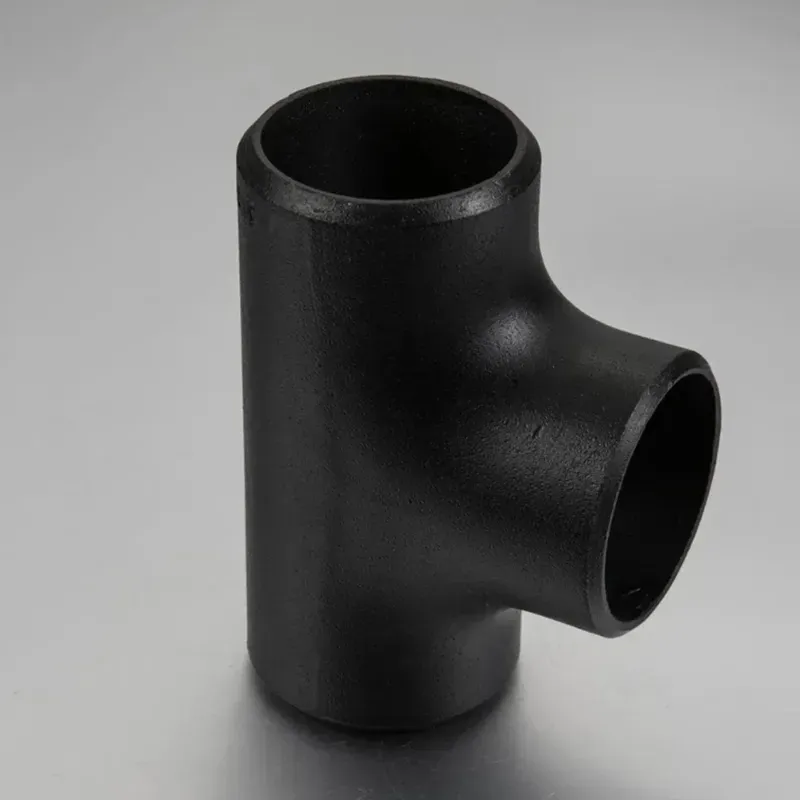-
Cangzhou Yulong Steel Co., Ltd.
-
Phone:
+86 13303177267 -
Email:
admin@ylsteelfittings.com
- English
- Arabic
- Italian
- Spanish
- Portuguese
- German
- kazakh
- Persian
- Greek
- French
- Russian
- Polish
- Thai
- Indonesian
- Vietnamese
- Zulu
- Korean
- Uzbek
- Hindi
- Serbian
- Malay
- Ukrainian
- Gujarati
- Haitian Creole
- hausa
- hawaiian
- Hebrew
- Miao
- Hungarian
- Icelandic
- igbo
- irish
- Japanese
- Javanese
- Kannada
- Khmer
- Rwandese
- Afrikaans
- Albanian
- Amharic
- Armenian
- Azerbaijani
- Basque
- Belarusian
- Bengali
- Bosnian
- Bulgarian
- Catalan
- Cebuano
- China
- China (Taiwan)
- Corsican
- Croatian
- Czech
- Danish
- Esperanto
- Estonian
- Finnish
- Frisian
- Galician
- Georgian
- Kurdish
- Kyrgyz
- Lao
- Latin
- Latvian
- Lithuanian
- Luxembourgish
- Macedonian
- Malgashi
- Malayalam
- Maltese
- Maori
- Marathi
- Mongolian
- Myanmar
- Nepali
- Norwegian
- Norwegian
- Occitan
- Pashto
- Dutch
- Punjabi
- Romanian
- Samoan
- Scottish Gaelic
- Sesotho
- Shona
- Sindhi
- Sinhala
- Slovak
- Slovenian
- Somali
- Sundanese
- Swahili
- Swedish
- Tagalog
- Tajik
- Tamil
- Tatar
- Telugu
- Turkish
- Turkmen
- Urdu
- Uighur
- Welsh
- Bantu
- Yiddish
- Yoruba

Oct . 10, 2024 23:59 Back to list
metal pipe cost
An Overview of Metal Pipe Costs
Metal pipes are essential components in various industries, ranging from construction to oil and gas, and their cost can significantly impact project budgets. Understanding the factors associated with metal pipe costs can help businesses make informed decisions when purchasing materials.
Types of Metal Pipes and Their Applications
The market for metal pipes is predominantly dominated by two materials steel and copper. Steel pipes are widely used in construction, plumbing, and industrial applications due to their strength and durability. They are available in various grades, each suited for different purposes. For instance, carbon steel pipes are often used in structural applications, while stainless steel pipes are favored in environments prone to corrosion, like chemical plants and marine applications.
Copper pipes, on the other hand, are primarily used in plumbing and HVAC systems due to their excellent thermal conductivity and resistance to corrosion. Although more expensive than steel pipes, copper pipes offer longevity and reliability, often justifying the higher initial costs.
Factors Influencing Metal Pipe Costs
1. Material Prices The cost of raw materials is one of the most significant contributors to the price of metal pipes. Fluctuations in the prices of steel and copper can lead to variations in pipe costs. Factors such as mining restrictions, geopolitical tensions, and changes in global demand can cause these prices to rise or fall.
2. Manufacturing Processes Different manufacturing techniques can influence costs. For instance, pipes produced through seamless methods typically cost more than welded pipes due to the more complex and energy-intensive processes involved. Companies must weigh their needs against these cost differences, especially when considering volume and application.
metal pipe cost

3. Pipe Size and Specifications The size and specifications of metal pipes also affect their costs. Larger diameter pipes, for example, require more material and are typically more expensive. Additionally, specialized pipes, such as those with specific wall thicknesses, coatings, or end fittings, can incur higher costs due to custom manufacturing processes.
4. Market Demand The demand for metal pipes in various sectors, including construction, energy, and manufacturing, can drive prices up or down. Periods of economic growth often lead to increased demand, whereas economic downturns can result in surplus inventory and lower prices.
5. Transportation and Logistics The geographical location from where metal pipes are sourced can also impact overall costs. Transportation expenses can add to the final price, especially for international shipments. Local sourcing may reduce these costs, but availability is sometimes limited.
Cost Management Strategies
To mitigate the impact of rising metal pipe costs, businesses can adopt several strategies. Establishing long-term relationships with suppliers may offer cost advantages and more stable pricing. Additionally, purchasing in bulk can lead to significant discounts. Companies should also stay informed about market trends and forecasts, as this knowledge allows for better timing in purchasing decisions.
Moreover, investing in technology and efficient manufacturing processes can reduce waste and overall costs, ultimately leading to more competitive pricing. Companies may also consider alternative materials when feasible, such as composite pipes, which might offer lower long-term costs due to reduced maintenance and longer lifespans.
Conclusion
In summary, the cost of metal pipes is influenced by various factors, including raw material prices, manufacturing processes, and market demand. By understanding these elements and employing strategic purchasing decisions, businesses can effectively manage costs and ensure the successful completion of their projects. As the global economy evolves, staying informed and adaptable will remain crucial for navigating the complexities of metal pipe costs.
Latest news
-
ANSI 150P SS304 SO FLANGE
NewsFeb.14,2025
-
ASTM A333GR6 STEEL PIPE
NewsJan.20,2025
-
ANSI B16.5 WELDING NECK FLANGE
NewsJan.15,2026
-
ANSI B16.5 SLIP-ON FLANGE
NewsApr.19,2024
-
SABS 1123 FLANGE
NewsJan.15,2025
-
DIN86044 PLATE FLANGE
NewsApr.19,2024
-
DIN2527 BLIND FLANGE
NewsApr.12,2024
-
JIS B2311 Butt-Welding Fittings LR/SR 45°/90° /180°Seamless/Weld
NewsApr.23,2024











